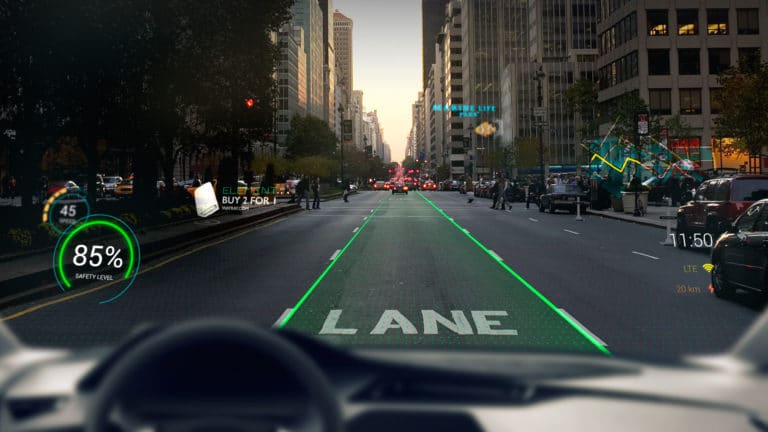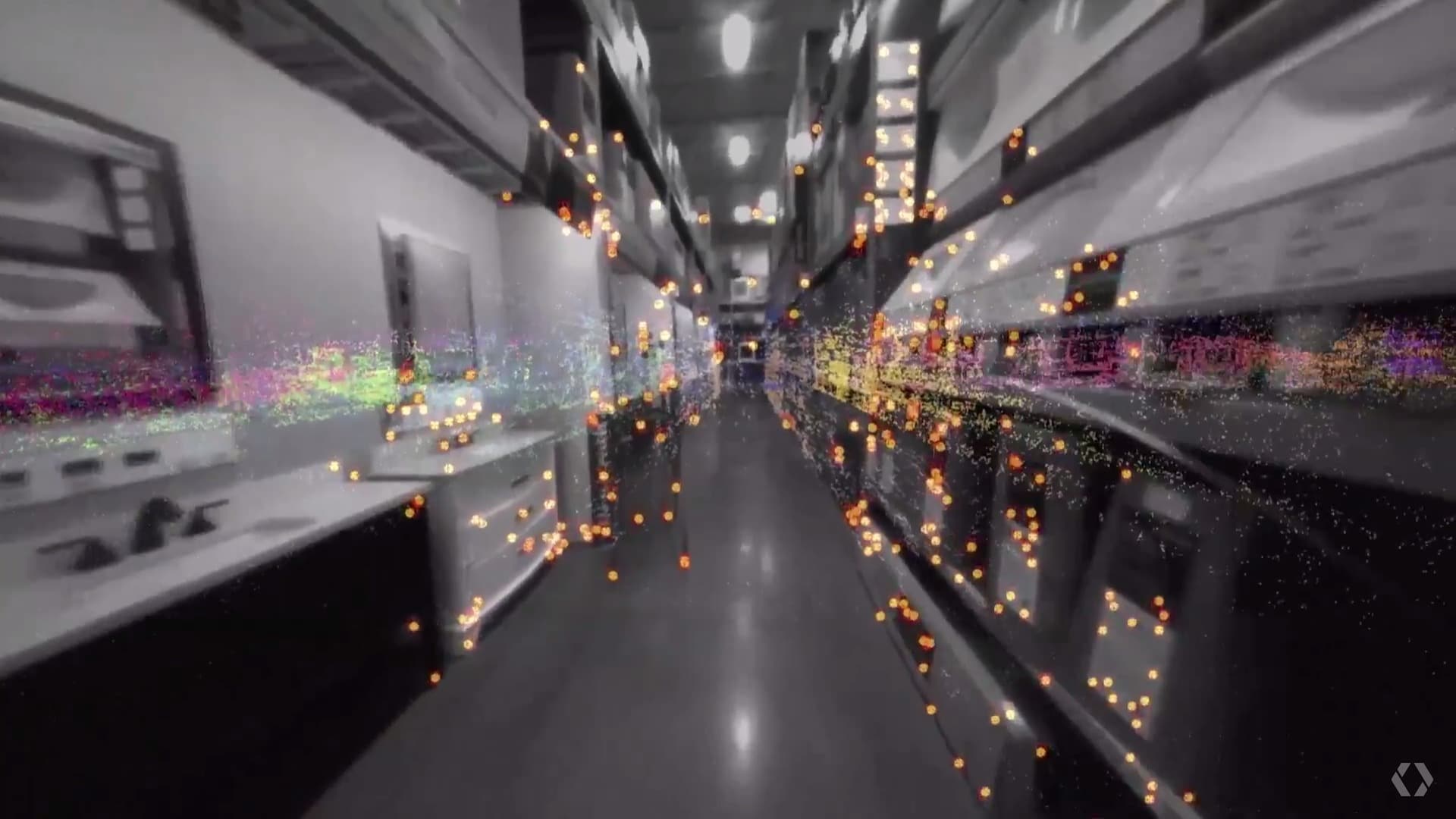
The most impactful XR sub-sectors these days develop underlying technology or “building blocks.” Though not always as sexy as XR’s front end, it’s where venture dollars are flowing, and was a key XR growth factor in our 2018 predictions.
For example, a federated AR cloud will unlock several capabilities for AR app developers, such as image persistence and multi-player functionality. Companies helping to build that “scaffolding” for AR include 6D.ai, and there are several other areas of XR that hinge on underlying tech.
But these building blocks won’t always develop from within the XR space. There are several adjacent tech sectors that will feed some of its underlying needs from the outside. These sectors chase other primary goals, but can spin off tech that accelerates XR as a by-product.
Think of how the commercial internet spun out of a DARPA project, which had decidedly different goals than bringing us all email and Instagram. Could the same happen with XR? As we’ve been asking ourselves this question, more and more supporting technology becomes evident.
Here’s our list so far, which will isn’t exhaustive but representative. Some sectors are more “adjacent” than others and the list will continue to develop.

Autonomous Vehicles
Millitary or defense spending, like the DARPA example above, tends to create lots of technology because there are deep pockets and lots of R&D earmarked to save lives and win wars. Similar to that — but with smaller stakes — is the R&D coming out of deep-pocketed industries like Auto.
There, the race towards autonomous vehicles accelerates the development of computer vision tech (CV). And as we know, CV is a core component of AR and its ability to map and understand its environment before overlaying dimensionally-accurate and situationally-relevant graphics.
This will manifest as AR in the car naturally. But the underlying CV tech developed for cars will also spin out to support AR in other form factors like mobile and headworn.
Visual Search
Speaking of computer vision (and deep pockets), Google is working on several ways to maintain its touch point with consumers. Search volume — its cash cow — has slowed in the smartphone era due to the prevalence of apps. So Google is keen to find other ways to get people to search.
One of those ways is voice search (explored below), and a less-developed but potentially impactful new area will be visual search, a la Google Lens. But to identify objects visually requires lots of CV, object recognition, and machine learning — all of which will feed right into AR.

Mapping
Similar to visual search, physical-world mapping data can support AR. Think of it like marker-based AR. But instead of QR codes on physical media, AR devices will recognize visual patterns in the world as part of the scene mapping and object recognition that’s core to “true AR.”
Another way mapping data applies is with Google’s ongoing work with Maps and Earth. Though primarily for search and local advertising, it will also assist in XR world building. Google already announced it will provide mapping data to developers to “re-skin” the world for XR experiences.
Voice
As mentioned, voice search is a key area of invesment and user growth for Google. But it’s not alone of course. Amazon, Apple, Microsoft, Samsung and others are chasing voice search and digital assistants to drive their respective core revenue streams (e.g. commerce for Amazon).
That will accelerate speech-to-text processing and machine learning, thus providing a better and more native input for AR. Not only is it a more natural human output than typing — thus a logical AR input — but its hands-free orientation aligns well with AR’s next phase of headworn devices.
Blockchain
No list is complete these days without blockchain. In this case, its inherent ability to authenticate digital assets — originally for cryptocurrency — could provide an organizational framework for the AR cloud. For example, it could validate IP and reward/protect digital asset creation.

Mobile/5g
The natural pace of advancement in the mobile industry is hurling us towards the next wireless broadband standard: 5G. Serving the world with a fatter mobile pipe will be motivated and accelerated by several deep-pocketed interests, and once again benefit XR as a by-product.
XR’s graphics-intensive UX will benefit from 5G, given richer experiences that are increasingly possible on mobile devices. For example, offloading processing requirement to the cloud — thus streaming XR experiences — could start to become possible with that fatter pipe.
Moore’s Law
Lastly, there’s good-old Moore’s Law. Though it’s not driven by any one tech sector (except semiconductor fabrication I suppose), it will advance XR. For example, processing size and cost reductions get us closer to AR glasses that are stylistically tenable for consumer markets.
And the list goes on. There are several other XR influencers and accelerants in the interconnected tech ecosystem such as compression technologies, lightfields/optics and several others. We’ll be watching closely to see how they continue to fuel XR innovation.
For a deeper dive on AR & VR insights, subscribe to ARtillry Intelligence Briefings, and sign up for the free ARtillry Weekly newsletter.
Disclosure: ARtillry has no financial stake in the companies mentioned in this post, nor received payment for its production. Disclosure and ethics policy can be seen here.
Header image credit: WayRay
